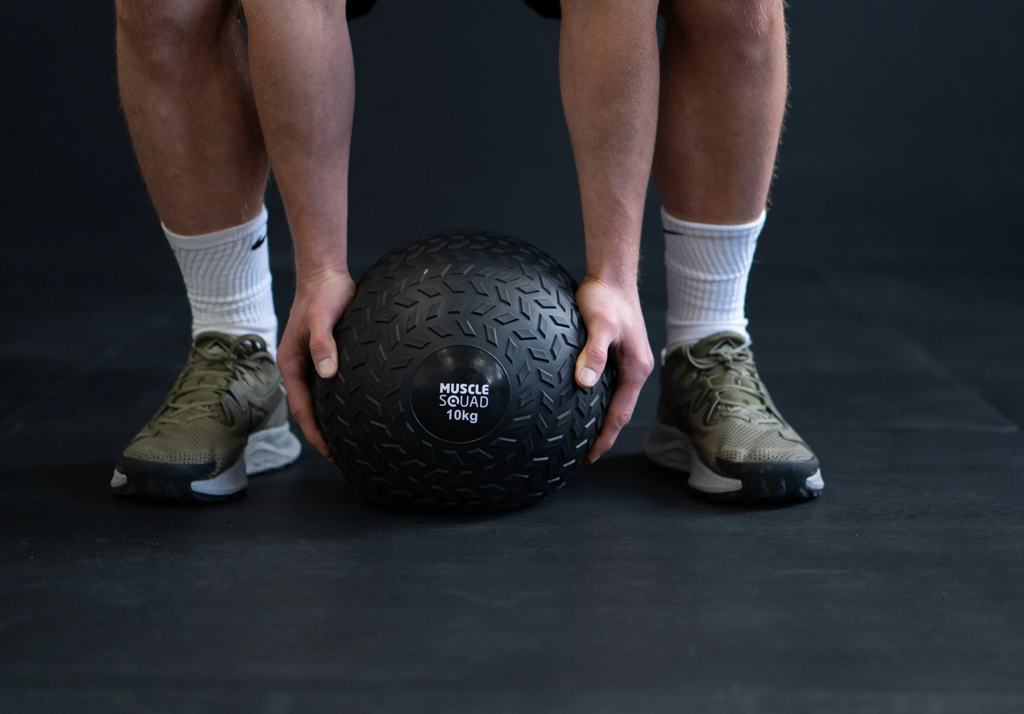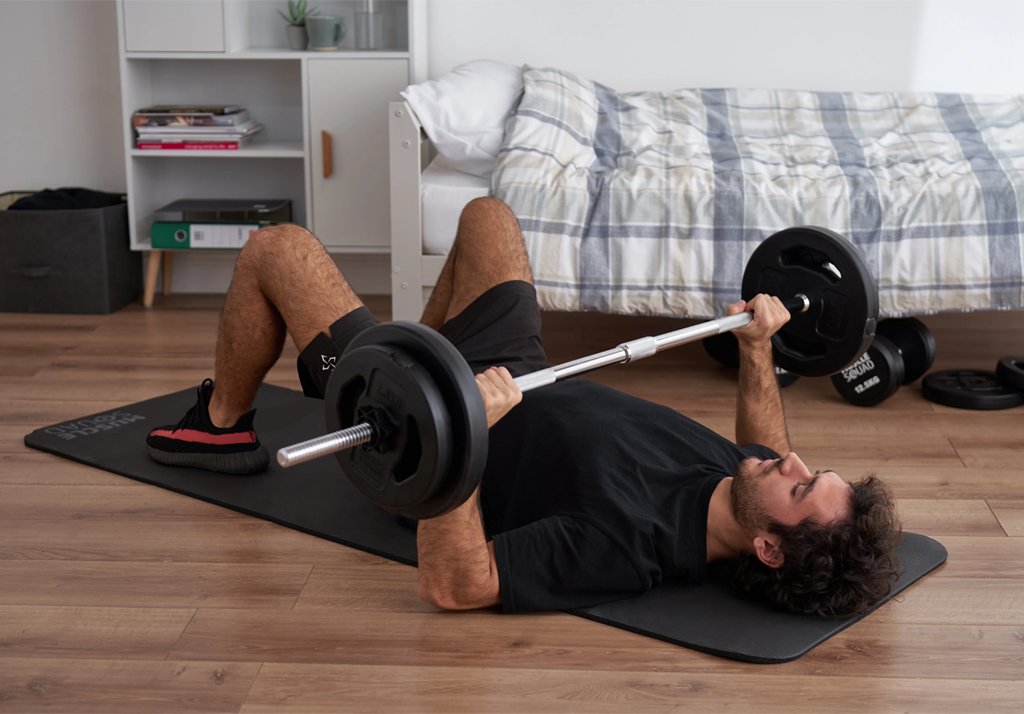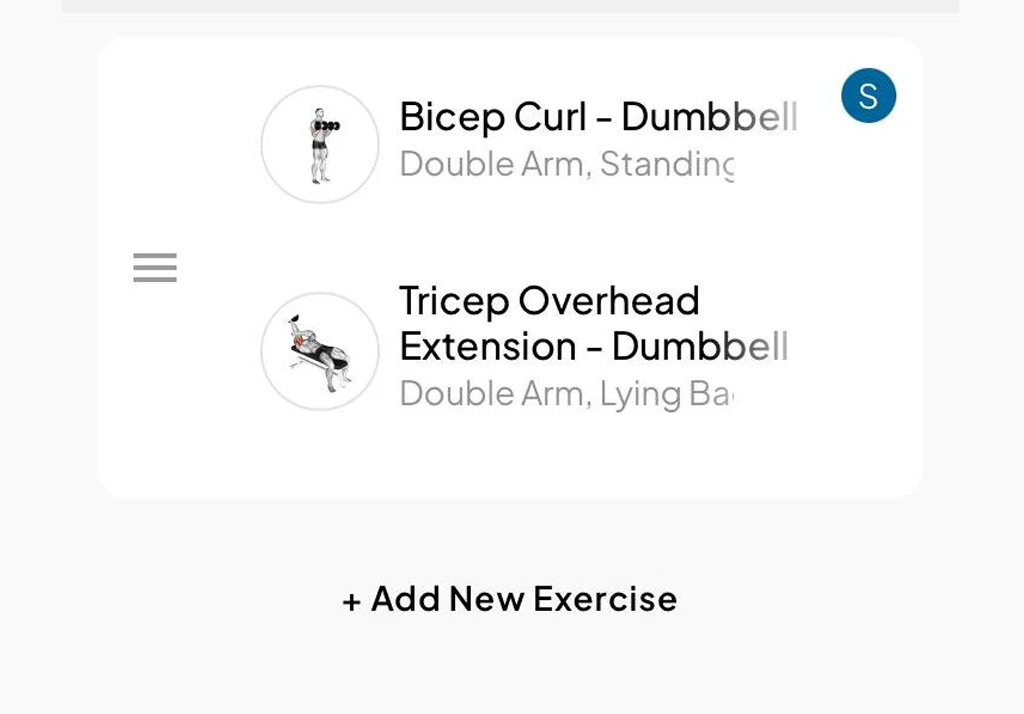Neutral grip, supinated grip and…what? Getting your head around different weightlifting grips can be tricky, but we’re here to smooth things all out and get you into that next session feeling confident and ready to train.
First things first though, why does the grip you use when lifting weights matter?
Grip importance in weightlifting
When you perform an exercise with a dumbbell or barbell, you might not give any thought to how you hold the bar, but the grip you use is actually one of the most important indicators to which muscle you’ll be targeting.
There are three main grips in weightlifting: pronated, supinated and neutral. Each of these creates a different movement path for your arms to follow, which in turn can change the muscle that an exercise targets. The way you grip a dumbbell or bar dictates an exercise’s starting position from which the rest of the movement follows, so it makes sense that it’s a deciding factor.
That’s all well and good to know, but what are the three main grips in weightlifting and what are their benefits?
Pronated grip
An overhand pronated grip is the most common grip in weightlifting. You can think of it as the natural technique that you’d use to pick a bar up off the floor — your hands go over the bar with your palms turned towards you. It’s most commonly used for heavy, compound movements like deadlifts, rows, bench press and shoulder press since it’s a comfortable position that offers the best grip of the three.
Supinated grip
Training with a supinated grip means holding the bar from the bottom with your palms turned towards the ceiling. If you ever get confused, remember that a supinated grip looks like you’re holding a bowl of soup. It’s most commonly used for isolation exercises, with a standard bicep curl being the clearest example of this grip in use. It brings your elbows close to your body so is preferred for targeting the biceps, but tends to provide a weaker grip as a result
Neutral grip
The best of both worlds, a neutral grip is defined by holding the weight with your palms facing each other. It’s primarily used for hammer curls, cable rows and pull-ups, and has the benefit of building overall strength in your arms by activating the forearms, brachialis and both bicep heads.
How grip type affects different exercises
We’ve told you about the three primary grip types, but how do each of them adjust some common lifts in the gym?
Pull-ups

- Pronated pull-ups. A wide grip that places an emphasis on the back muscles and building width in the torso. Targets the latissimus dorsi, traps, bicep short head and multifidus.
- Supinated pull-ups (aka chin-ups). A close grip that blitzes your biceps. Targets the bicep short head, bicep long head, latissimus dorsi, brachialis and pectoral major.
- Neutral pull-ups. A middle-ground grip that works your arms and upper back. Targets the forearms, bicep long head, traps and latissimus dorsi.
Bicep curls

Muscles worked in a neutral hammer curl
- Pronated curls. A reverse grip that’s uncommon for bicep curls. Targets the forearms with only minor activation in the bicep heads.
- Supinated curls. The standard bicep curl grip. Targets the bicep short head, bicep long head and forearms. Emphasises the muscle’s short head.
- Neutral curls (aka hammer curls). The hammer curl grip. Targets the bicep short head, bicep long head, brachialis and forearms. Emphasises the muscle’s long head.
Rows

Muscles worked in a supinated barbell row
- Pronated rows. The most common rowing grip. Targets the rhomboids, latissimus dorsi, traps, forearms and bicep heads. Emphasises the lats and building width.
- Supinated rows. A more targeted and challenging rowing technique. Targets the rhomboids, bicep heads, forearms and traps. Emphasis the biceps, middle back and building thickness.
- Neutral rows (only possible with machines/cables/dumbbells). A versatile rowing grip for accessory work. Targets the rhomboids, traps, bicep long head, brachialis and forearms. Emphasises the bicep long head, all-round activation and building thickness.
There we have it! We hope this information has helped you get to grip with…well, grips! Try and alter your next workout with a new grip type to develop your weaker muscles and we’ll see you for the next one.
Happy training. 👊

 Jul 24, 2024 - Cameron Brierley
Jul 24, 2024 - Cameron Brierley


Leave a comment: